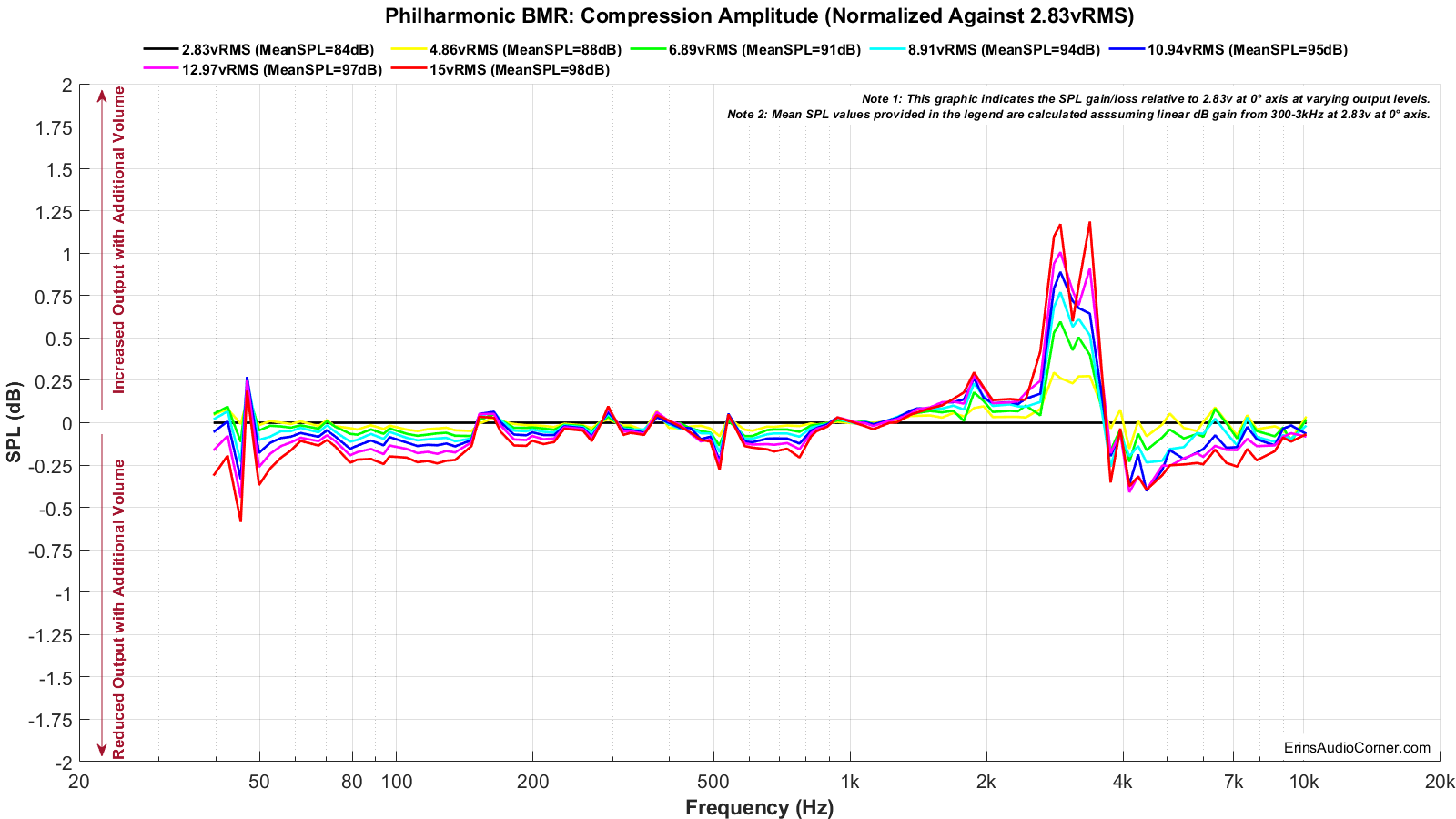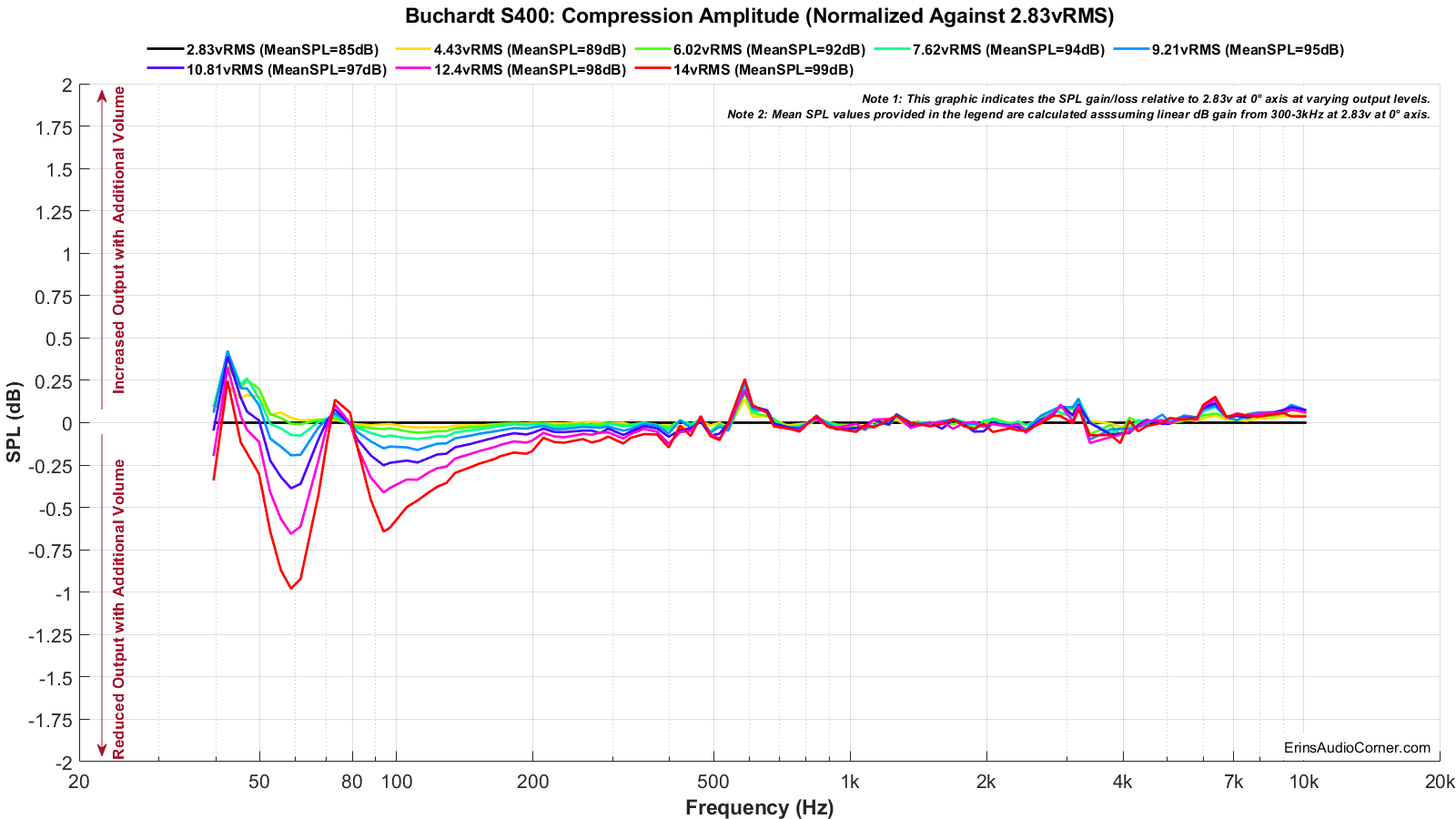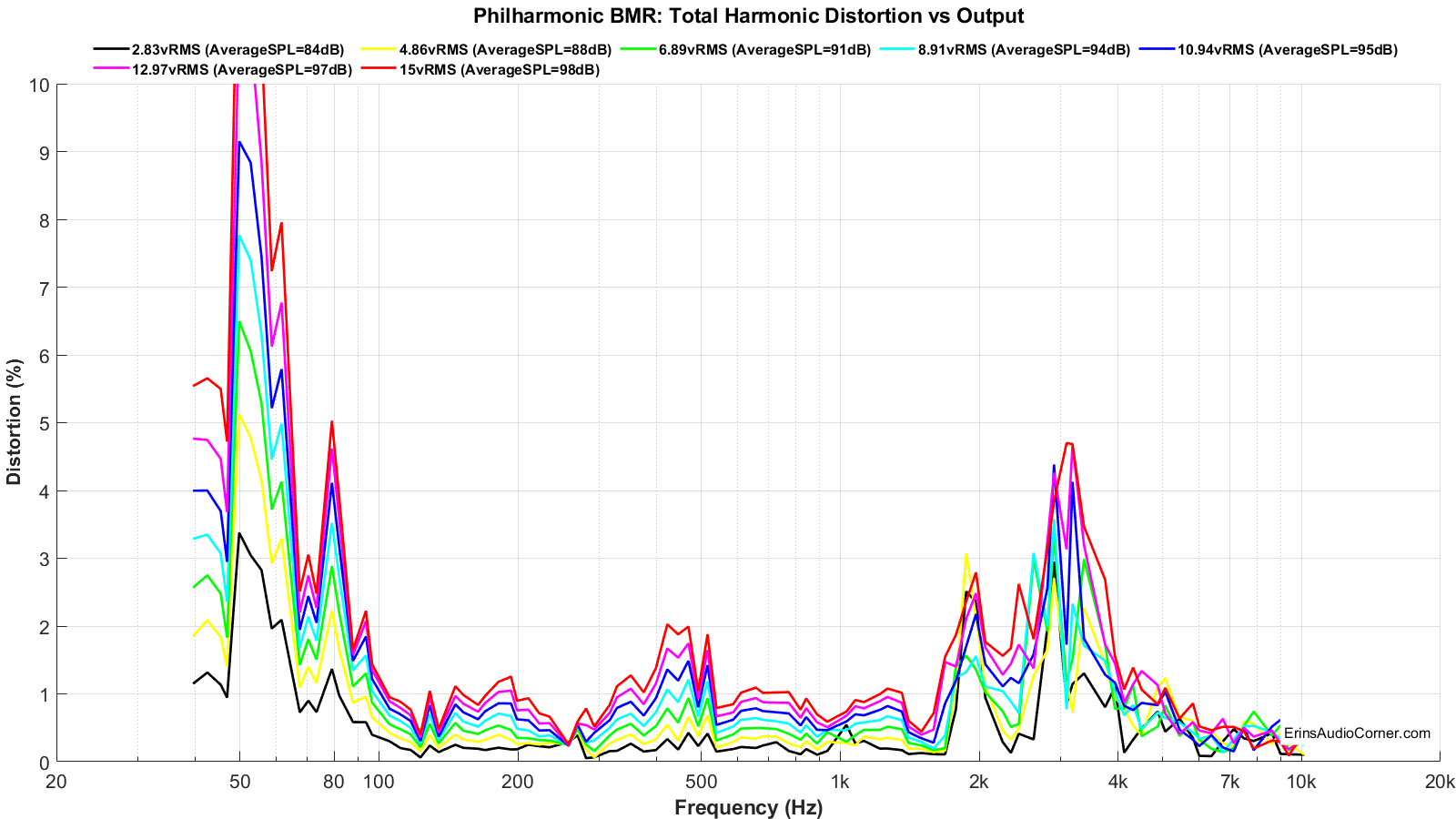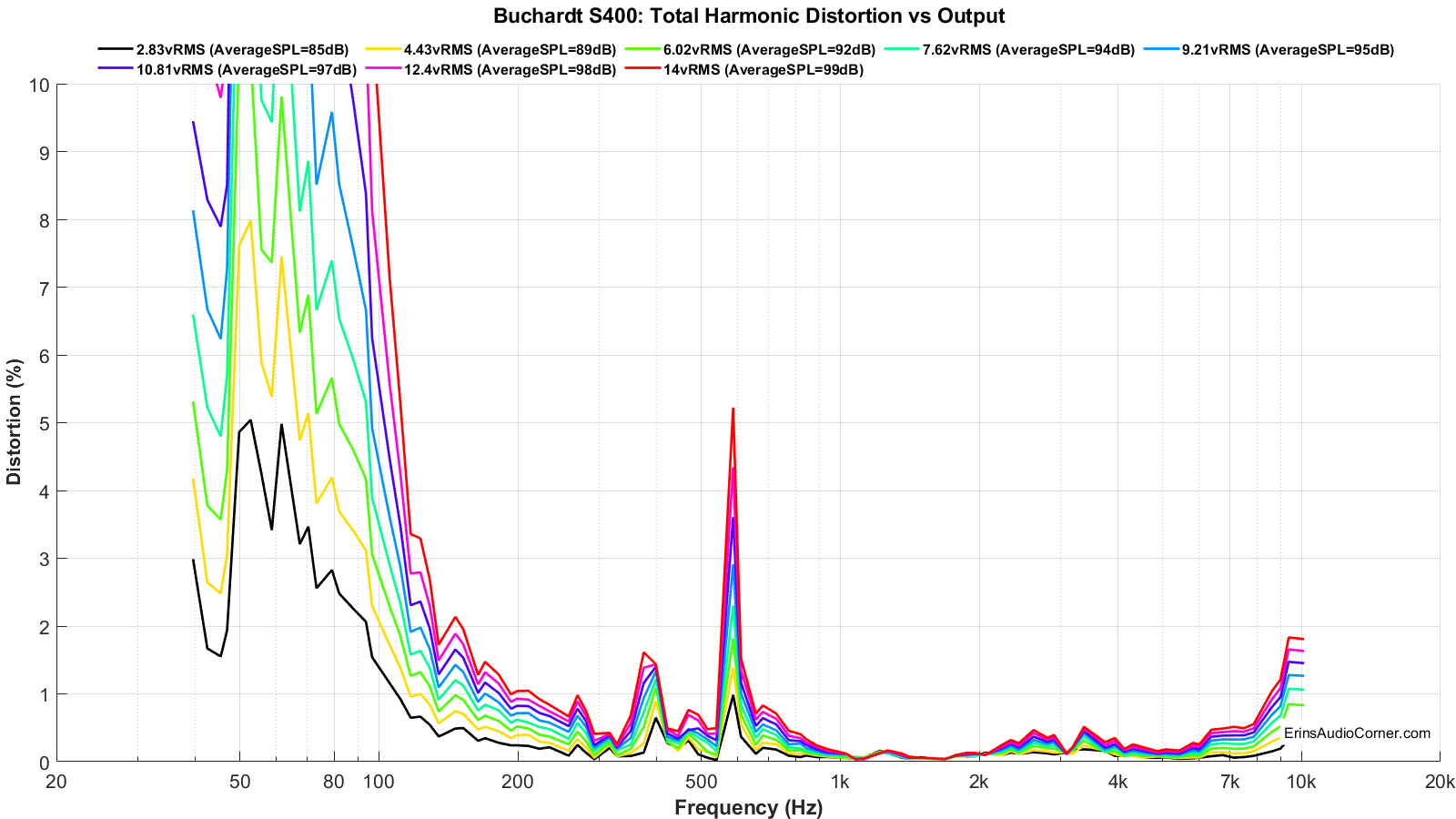It's strange how it's seemingly so difficult to reach any objective conclusion that would settle the dome vs RAAL debate.
I used Ascend Sierra RAAL Towers in my main setup for a while (apologies as this is a BMR thread) until conducting a comparison and swapping them out in favor of Revel F226Bes in December of last year. I recently moved the Sierra towers back into place (after listening to nothing but the Revels in this setup since that time) and conducted another comparison. It was remarkable how immediately the RAALs made their presence known. The custom 70-20XR ribbons used in the Ascends simply do some things differently than any dome I've heard. In comparison to the Revel's Be tweeter and waveguide, horizontal dispersion is relatively wide for both and a reasonably close call, with the Ascends running a bit wider before narrowing at around 7kHz. Vertical dispersion is much broader on the Revels, which is clearly heard when standing up and listening above the tweeter axis. But on-axis, with certain program material, the RAALs are simply more "present" in the room, and can truly sound like a live instrument in ways that I haven't heard from the Revels (or other dome speakers). It can't simply be laid at the feet of a treble rise that would show up in the spins, as it would in a typical "bright" versus neutral speaker comparison. I could throw level matching to the winds, crank up the Revels to well beyond the Sierra's output, and much of the differences would remain.
For me, the mark of a good speaker is one that doesn't sound like a speaker. Within the higher frequencies, and for program material that is well-suited to reveal the differences, the RAAL ribbons simply sound less "speaker-like" than the Revel domes. And no, I don't have any personal double-blind test results to share that would support my claim. But in this case, I find the differences to be so readily apparent as to render blind testing totally unnecessary to prove their existence, just as it would be unnecessary to prove that there are differences in the flavor of apple sauce and ranch dressing. Blind testing for preference, of course, would be an entirely different situation.




